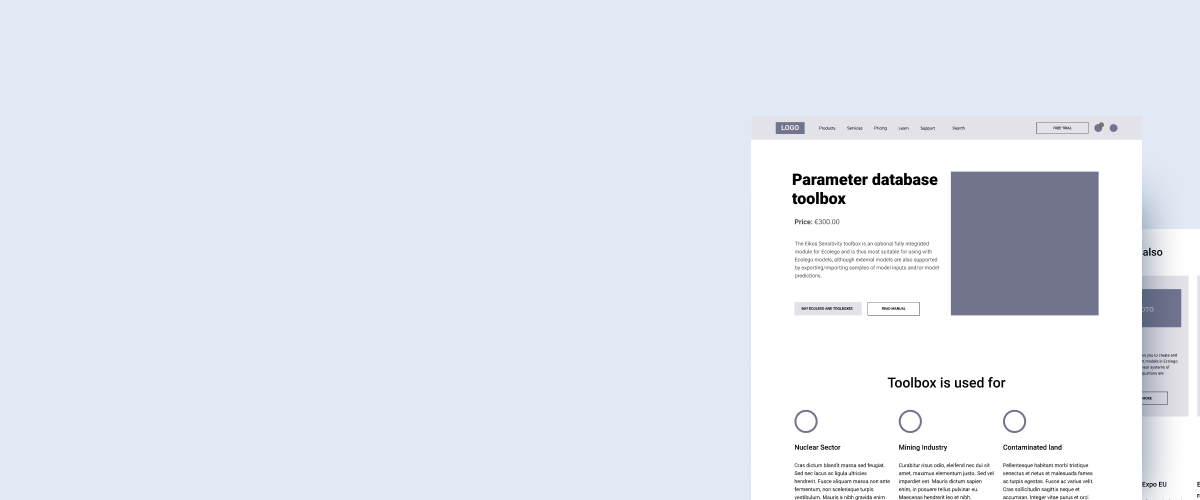"Without wasting time, we'll quickly start developing" or "Eric Ries in the Lean Startup book says, that you do not need to plan, you need to make a product faster." – This is what clients sometimes say to us.
Yes, it really seems that Lean, SCRUM and other iterative methods eliminate the need to think about the whole product, and in general it is possible to start working earlier than in the waterfall, and it will be faster and cheaper than designing for a long time, then start the development, make some space ship and realise that we fail.
However, the essence of the question is the answer: poor design really only leads to chaos and confusion on the project. To understand when designing is really necessary, imagine an example from ordinary life. Suppose you are building a house. If you bought a standard prefab house and it is assembled by experienced builders, special design service is not particularly needed - builder's experience covers all cases. If you are building big residential building, the design plays a big role and the demand for the level of builders also increases. And if you are building the world's largest skyscraper, or the most environmentally friendly house in the world, then the design is your main value, and without a project, "just starting to build" you will never build it. Think about what would happen if high-tech facilities, such as airports or nuclear power plants were built without design?
This analogy is also true for IT. There are simple projects where everything is obvious and you can "just do it" with enough experience, but really interesting and unusual projects require careful approach and deep study before the first line of code is written. Moreover, this does not in any way contradict the iterative and flexible development methodologies - SCRUM, Lean and other well-known techniques do not in any way imply a rejection of design. Rather, it is about the fact that you need to abandon the redundant design where possible. But the attempt to abandon the design altogether and begin to implement an incomprehensible and ill-conceived solution can turn out to be much more waste.


